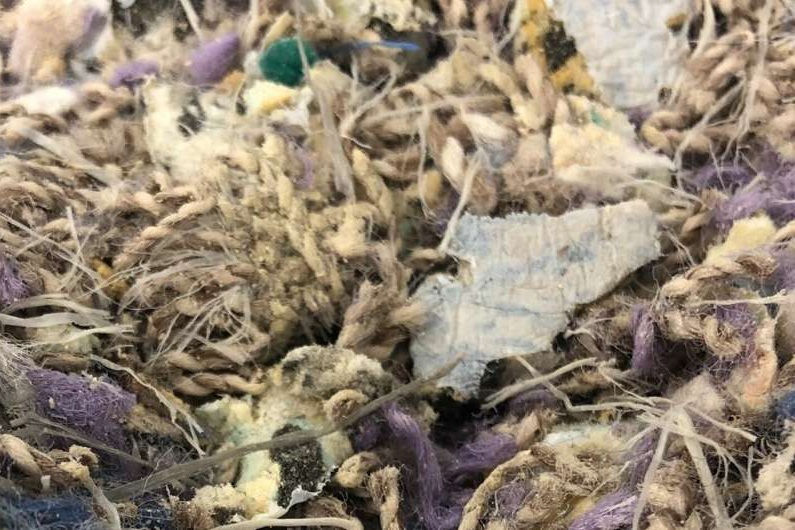
Researchers discovers a new method of carpet recycling
YarnsandFibers News Bureau 2021-06-18 09:49:23 – United KingdomPetroleum-based polypropylene makes up a large portion of carpet waste. Because it is a non-recyclable substance, it has traditionally been disposed of by incineration or landfill. However, a new solvent now allows for the recovery of virgin-standard polypropylene from carpet trash with no discernible quality loss.
As part of an EU project called ISOPREP, a group of academics, including the Fraunhofer Institute for Building Physics IBP, has devised a novel recycling method that is also cost-effective.
Fraunhofer IBP researcher, Maike Illner, said this is the first time that polypropylene can be recovered from carpet trash — and the result is virgin-quality.
Not only may the recovered polypropylene be used in lower-quality goods (a process known as downcycling), but it also means that the material's quality is comparable to that of newly made polypropylene, making it acceptable for high-quality products as well.
The method is based on the use of an ionic liquid as a specific solvent. It can selectively remove polypropylene from carpet fibers using the correct components. The carpet waste is cleaned and broken down before the team of specialists administers the solvent, which includes removing as much of the backing as feasible.
After the waste has been pretreated, it is put into a reactor where the solvent is used to treat it. The dyes and other additives are effectively removed when the polypropylene is selectively dissolved in the solvent.
The method has previously been tested on a large scale in the lab, using several liters of the solvent, and the research collaboration now plans to scale it up to a pilot plant capable of recycling a tonne of carpet trash each day. By the completion of the project, in March 2022, the pilot plant will be operational.
A recycling method can only be adopted on a wide scale if its prices are competitive. This implies keeping as much of the costly ionic liquid in the cycle as feasible for this application.
Illner said if loss rates can be maintained to 1% or below, the costs of the process might be comparable to those of manufacturing fresh polypropylene. They know this because of the preliminary economic study done at Fraunhofer IBP.
Fraunhofer researchers investigated the quantities of material and energy necessary for the process, as well as the type of product that would be produced, before determining the related costs. The team also thought about how the expenses might change over time.
Fraunhofer IBP is focused on carpet recycling's environmental implications. It can make conclusions based on elements such as a lifecycle assessment, which elucidates, for example, the emissions created throughout the recycling process. If the consortium is successful in limiting solvent loss rates to 1% or below in this scenario as well, primary energy needs and greenhouse gas emissions will be equivalent to those associated with the production of new polypropylene.
While this research is primarily focused on carpet waste, the technique that has been created has far-reaching possibilities. It may be used in a wide range of waste streams that include polypropylene and are unsuitable for traditional recycling processes, according to the scientists involved.
Market Intelligence
Ask for free sample Report

experience
Customer Base
dedicated team
Countries Served Worldwide









